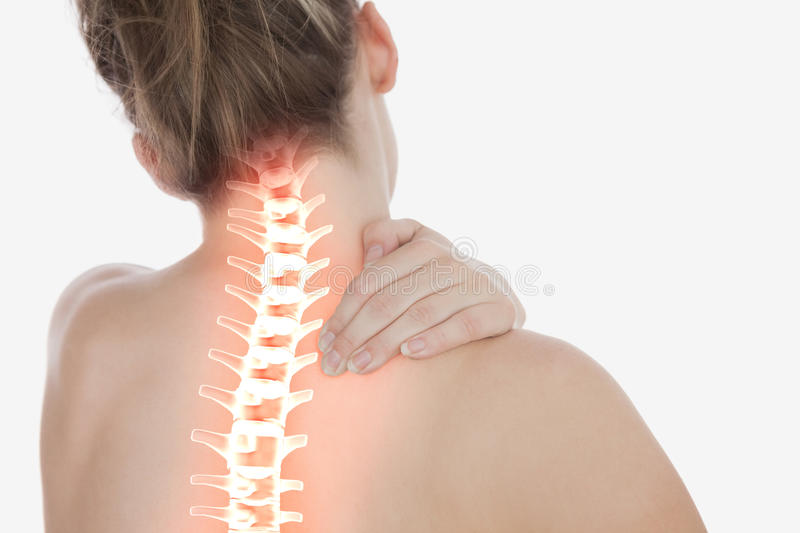


A patient came to see me complaining of neck pain this week. It wasn’t ‘text neck’ but more shoulder and neck pain associated with their adopted position to hold a mobile whilst typing on a lap top. It seemed simple but, by suggesting the use an earbud, we demonstrated that they could sit straighter and relax their shoulders and therefore hopefully avoid the need for further treatment.
5 simple things you can do to avoid neck and shoulder pain arising from desk based activities.
Tip 1: Feet firmly on the ground
Keep your feet flat on the floor and slightly ahead of your knees, which are bent at a 90- to 120-degree angle. Use a lumbar support cushion or if one is not available, grab a small throw pillow to alleviate back pain.
Tip 2: Shoulders relaxed and natural
Shoulders are relaxed, upper arms fall normally at your sides, elbows are close to your body. Head is generally in line with your body — not thrust forward — and the middle of your computer monitor is at eye level.
Tip 3: “Arm” yourself for success
Hands and forearms are parallel to the floor. The ideal keyboard position is slightly below the height of your elbows and sloped slightly away from you. This position allows your upper body to relax and keeps circulation from being cut off in your lower arms and hands.
Tip 4: Neck-free when talking
Use earbuds, a headset or speakerphone so that you don’t have to tilt your head and hold the phone between your neck and shoulder.
Tip 5: Keep moving
Even with the best posture, you can get aches and pains from sitting in one position for too long.
Set a timer to remind yourself to get up once an hour to:
- Stretch and walk around
- Bend over and touch your toes
- Do some jumping jacks
- Run in place
- Roll your shoulders slowly
- Do arm circles to get your blood flowing
These activities won’t just help your body, they will also help your mind and concentration. If you use a lumbar support cushion, change its position on your chair. If you can, do some of your work, such as phone meetings, while standing or even walking.
If you do develop neck and shoulder pain
- Take a hot bath with bath salts
- Alternate ice, then heat on the affected area (allow time to warm up naturally and cover the pack where possible to prevent skin burns)
- Have your family member give you a massage
Or talk to your Doctor or an Osteopath if you have on going pain.
Hannah
H B Osteopathy